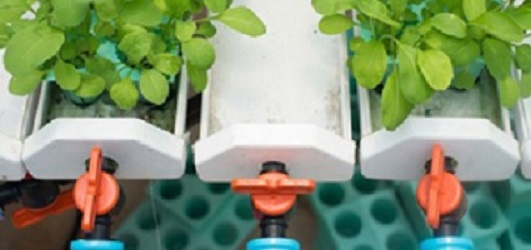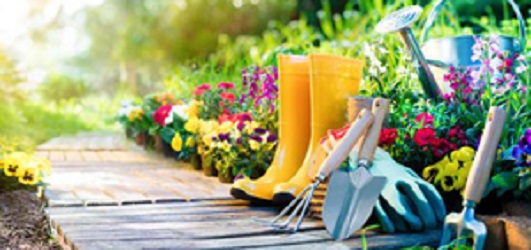Hydroponics 101: A Brief Introduction
Hydroponic involves growing flowers, food crops, or plants in a liquid medium without the presence of soil. It is possible to grow hydroponic crops throughout the year in your backyard farm regardless of the climate so long as all the needs of the crop are met. Most set-ups for hydroponic are done indoors, but they can also do well outside.
It is important to note that for germination to take place; hydroponically grown plants require all the nutrients and elements that other plants grown in soil need, i.e., food, light, water, and air. The big challenge is, therefore, to provide these requirements to the plants in the correct proportion.
Soils provide plants with most of the nutrients they need since they contain a combination of micro and macronutrients that plants require for survival. Soil structure is also firm to support the plants and allow them to develop. The case is, however, different for the hydroponic plants. The grower must, therefore, look for ways to account for the imbalances to ensure his or her crops plants grow healthy. The good thing is that it does not require a vast experience or an advanced degree to successfully sustain a hydroponic system.
Hydroponic system
Whether the hydroponic system is simple or elaborate, there are some basic requirements that it must fulfill. One of them is fresh and clean water that has a conducive pH for the growth of the plants. Although pH requirements vary from one plant to another, most plants do well in a pH ranging from 6 to 6.5.
Another key requirement is air circulation. A hydroponic grower must ensure there is enough flow of air in the environment around the plant as well as in the water. The water should be oxygenated regularly and must be kept flowing to avoid stagnation. This can be achieved through placing a fan or an extra pump at the area around the plants. Enough airflow helps in minimizing disease incidence by drying foliage since moist foliage is known to be a breeding ground for fungal diseases.
The other requirement is light. Outdoor hydroponics enjoy natural light, but for those that are indoor, the grower must provide a supplemental grow light. The type of light manufactured for growing plants vary from one plant to another. You should, therefore, select lights that provide light across the spectrum.
All plants need lighting during the vegetative stage in the blue end of the spectrum. This type of light is also good for crops that are usually harvested before they flower, e.g., kales, lettuce, and spinach. Flowering or fruiting plants require light in the red end of the spectrum at the development bloom stage.
Setting up a simple hydroponic system
Yukon gold gardening tips gives a highlight of how to set a hydroponic system. The first thing is to select a good site that has access to both power and water. To avoid complicating things, make the growing area and the reservoir in the same area. A terrarium, fish tank or any vessel that can hold water and is large enough to accommodate a pump can be used. Such a set –up allows the plants to float on the water as the pump keeps on moving.
Use a polystyrene piece or any light and floating material that has no effect on the pH and cannot dissolve to fit on top. Cut holes into the material to accommodate the media. Supplemental lighting must be positioned strategically and must be as close as possible to the plants.

Sowing of seeds can be done directly into the media as long as they cannot get dislodged by the water movement. Otherwise, you can start in another soilless media and transplant them later to the hydroponic system after maturing beyond the cotyledon phase and the first true leaves set has developed.
Monitoring the system
Test the water regularly to determine the level of nutrients and pH. Check the plants for signs of diseases and pests. Ensure the pump is working well, the lights, and also the timer to ensure everything is working properly.
The bottom line
Hydroponic plants if well taken care of can thrive and produce the desired results like any other plants grown in conventional soils. However, the grower must be keen to follow all the instructions to since everything depends on his effectiveness and keenness.



